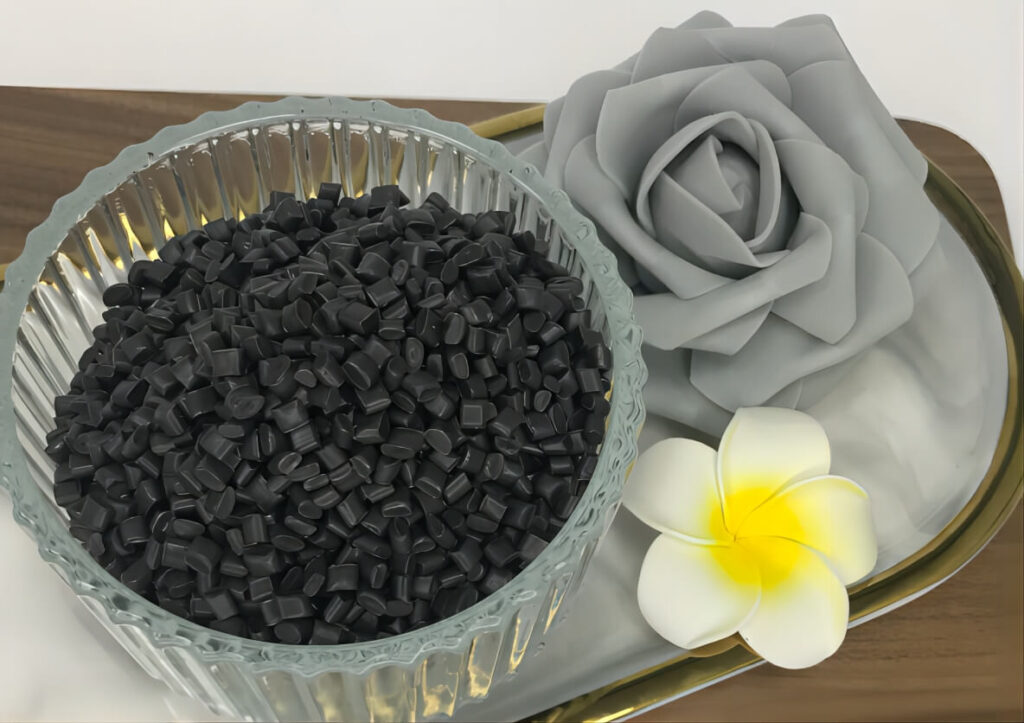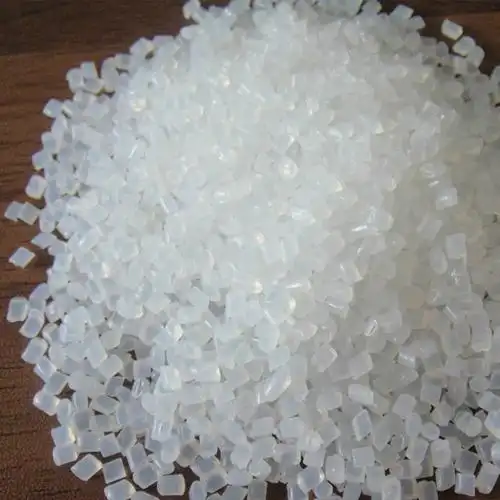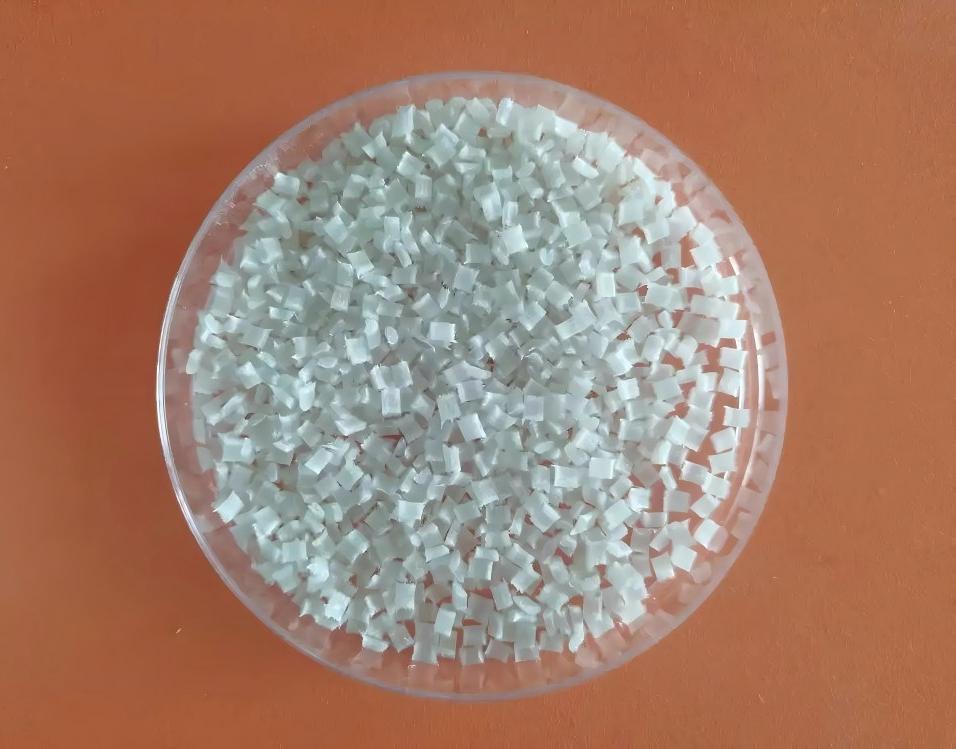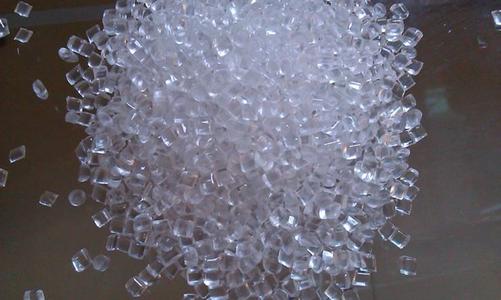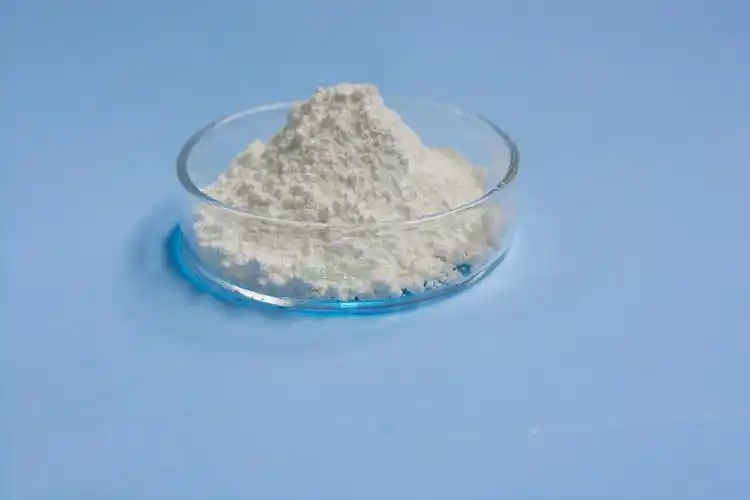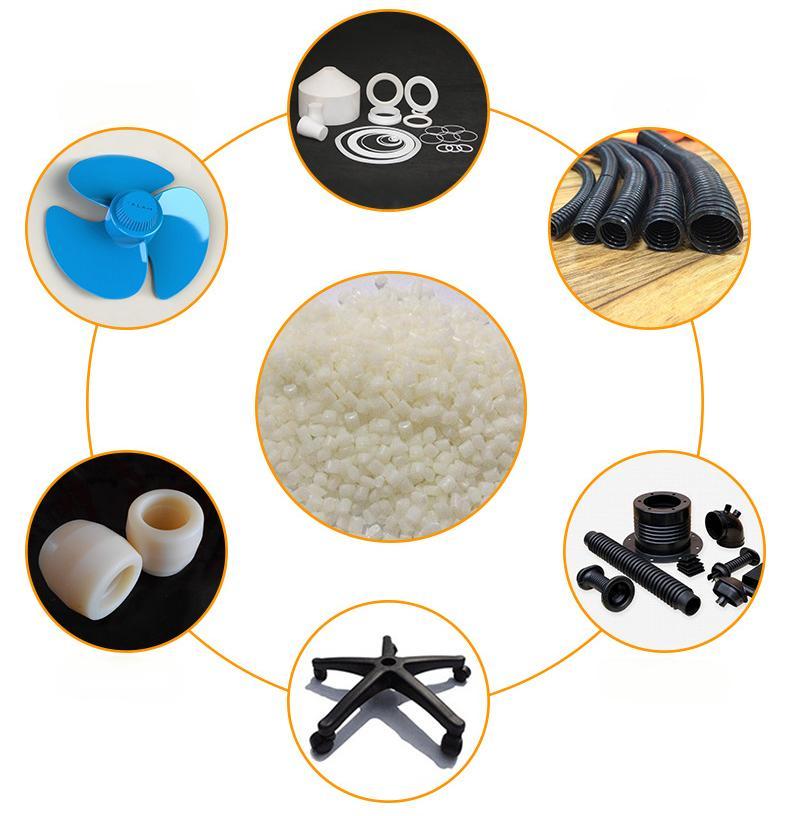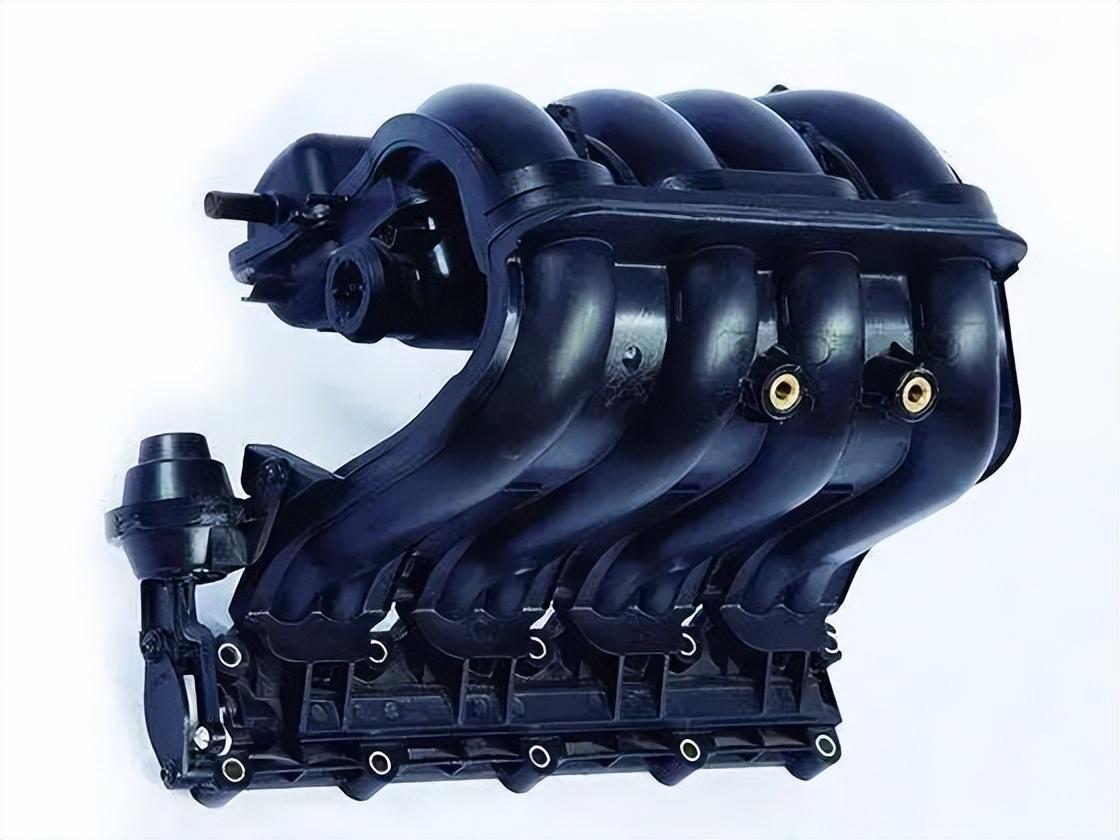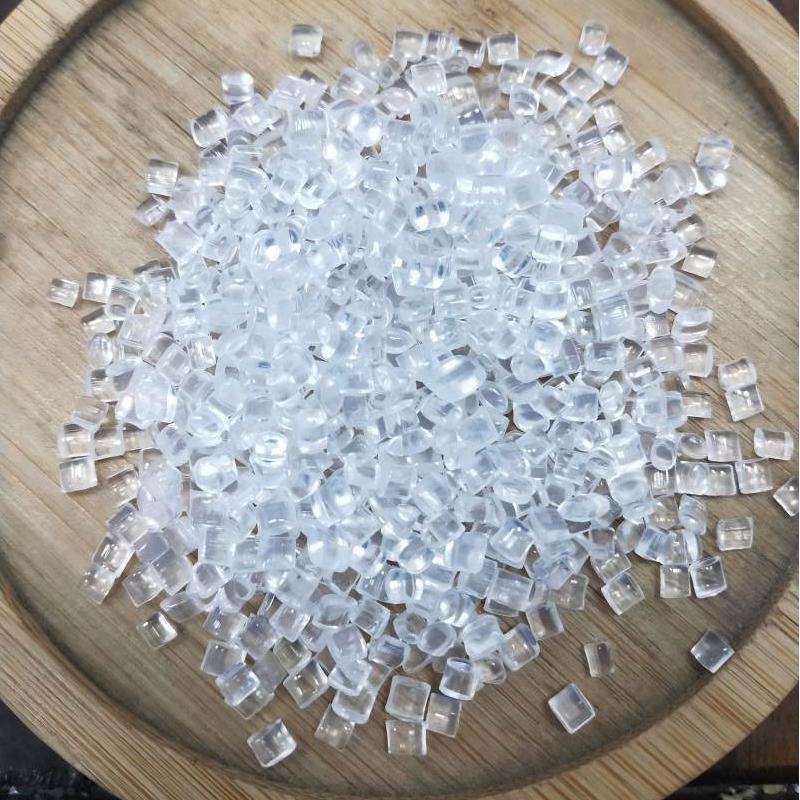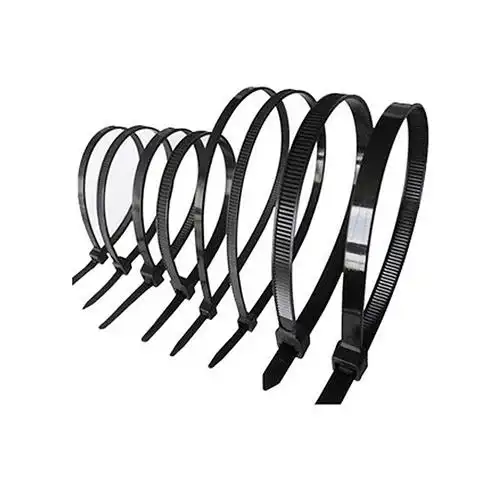Breif Introduction of PA11 Compound Resin
Derived from renewable sources like castor oil, PA11 compound resin, often referred to as PA11 plastic, is a high-performance engineering thermoplastic prized for its exceptional combination of properties. This lightweight material boasts outstanding mechanical strength, stiffness, and dimensional stability, making it a reliable choice for demanding applications. PA11 compound resin also excels in terms of chemical resistance, withstanding exposure to various chemicals without degradation. Notably, its low moisture absorption allows it to maintain its properties even in humid environments. Additionally, PA11 plastic offers impressive wear resistance, making it suitable for components that experience continuous friction.
This unique combination of strength, chemical resistance, low moisture absorption, and wear resistance makes PA11 compound resin a versatile material for a wide range of industries. From automotive parts that require durability under varying temperatures to food contact applications that demand hygiene and chemical resistance, PA11 plastic finds applications in diverse sectors. Its lightweight nature further adds to its appeal, making it an attractive option for weight-sensitive applications.

